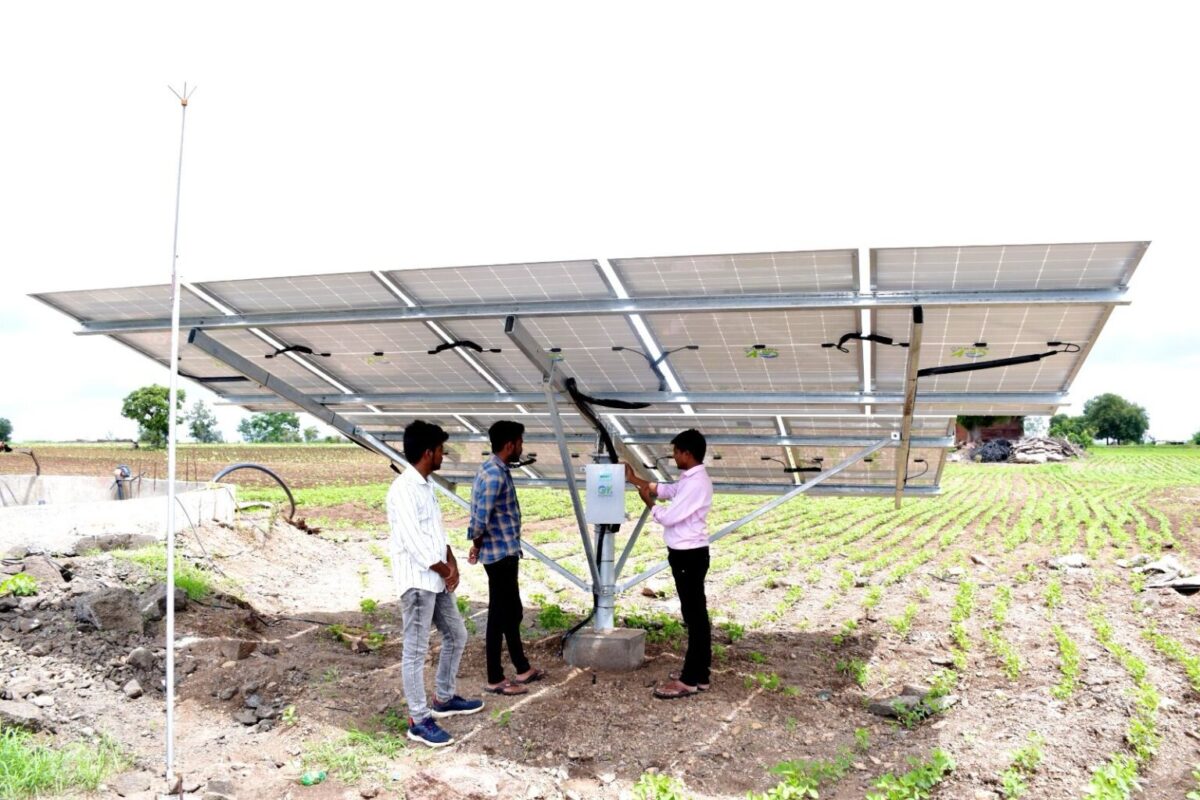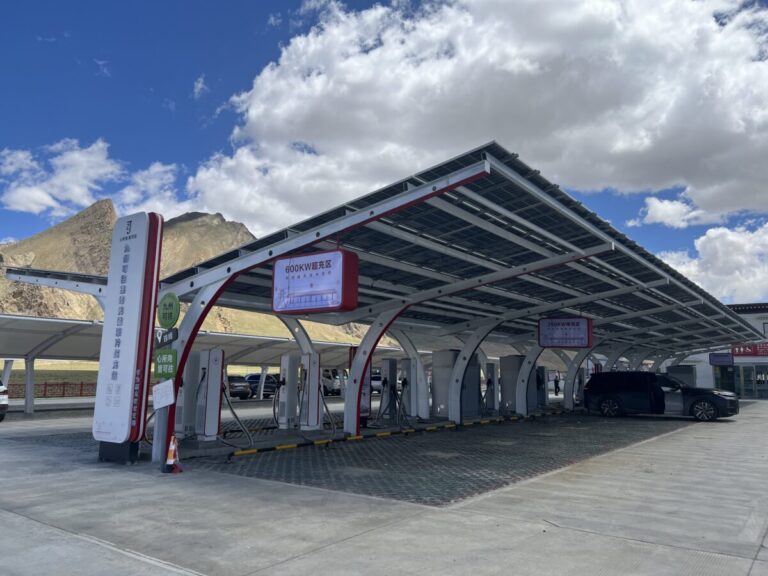Chinese module manufacturer Aiko Solar says it has built a 150 kW off-grid solar carport at an altitude of 4,300 meters on Mount Everest, with 645 W double-sided double-glazed modules and 200 kWh of battery storage.
Chinese back-contact PV module manufacturer Aiko Solar has switched on a 150 kW solar carport on Mount Everest, connected to a 200 kWh energy storage system. The installation is located 4,300 meters above sea level in Everest National Park.
“The charging station is designed with a structure that can accommodate 20 parking spaces, with 3 main chargers and 4.6 kW superchargers,” said an Aiko Solar spokesperson. pv magazinenoting that the PV system is an off-grid installation. “The carport structure integrates solar panels to maximize space and efficiency.”
The company claims the system is the highest solar charging station in the world and says it is part of the “Sichuan-Tibet Highway Supercharging Green Corridor” project along National Route 318.
“This initiative supports more than 1 million tourists each year and addresses range concerns for electric vehicle owners traveling in this high-altitude region known for its dramatic landscapes but limited charging infrastructure,” the company said in a statement.
The PV system is equipped with Aiko Solar’s 23.9% efficient, double-sided double glass modules, with a power of 645 W. Chinese manufacturer Huawei supplied the inverters.
Aiko Solar said the construction of the supercharging station at 4,300 meters above sea level posed significant logistical challenges.
“The remote location made coordinating transportation difficult, especially for specialized equipment such as forklifts, which were difficult to plan and transport for material unloading,” the company spokesperson said. “Additionally, harsh environmental conditions, including unpredictable weather such as hail, storms and snow, have further complicated the process.”
The high altitude caused oxygen shortages and extreme temperature fluctuations, making it difficult to manage personnel and equipment. The company said each phase of construction required careful planning and adaptability to the harsh conditions.
The terrain presents significant challenges. Severe weather – including hailstorms, snowstorms and strong winds, combined with high solar radiation – makes the environment unpredictable. The altitude, severe cold and snow loads also pose risks to solar energy equipment. Aiko Solar said it selected its n-type ABC modules for their resistance to cracking, high efficiency and strong performance in both high UV exposure and cold temperatures.
This content is copyrighted and may not be reused. If you would like to collaborate with us and reuse some of our content, please contact: editors@pv-magazine.com.
Popular content



